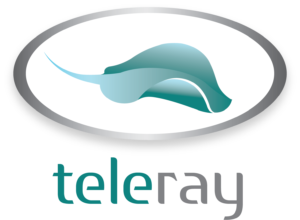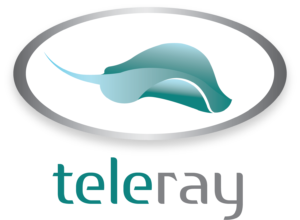The healthcare industry is undergoing rapid innovation thanks to numerous technological advancements. In radiology, electronic image exchange systems (EIES) have emerged as a game-changer, offering seamless access to medical images and reports, facilitating collaboration among healthcare professionals, and enhancing patient care. But as the benefits of EIES become increasingly evident, it’s crucial to consider the costs associated with their implementation.
From privacy concerns and interoperability challenges to the financial burden of infrastructure and training, there are multifaceted challenges facing EIES. It raises the question: How can you ensure the benefits outweigh the costs?
Benefits of electronic image exchange systems
To understand why electronic image exchange systems have become a centralized, staple technology in diagnostic imaging, you must consider the benefits they provide:
- Streamlined access: Electronic image exchange systems allow healthcare providers to access medical images and accompanying reports quickly and easily. This expedites the process of retrieving patient data and enables professionals to make informed decisions about diagnosis and treatment more efficiently.
- Enhanced collaboration: By securely sharing images and reports electronically, physicians, radiologists, and other specialists can consult with one another, discuss cases, and reach a consensus on patient management. This improves interdisciplinary teamwork and leads to better patient outcomes.
- Improved outcomes: Rapid access to medical images through EIES helps providers make timely and accurate diagnoses. When images are readily accessible, healthcare professionals can compare current and past images, track disease progression, and make informed decisions about ongoing treatment.
- Time and cost savings: Traditional methods of transferring medical images — such as burning images onto CDs or physically delivering films — can be time-consuming and costly. Through EIES, providers can securely share images with the click of a button. This efficiency allows for faster turnaround times and lower media costs.

Challenges and costs associated with EIES
Like most technologies, electronic image exchange systems benefit providers, patients, and healthcare organizations only when they are implemented and used effectively. This is where obstacles begin to emerge for many organizations, including common barriers such as:
- Privacy and security concerns: Where there’s digital data, there’s a risk of unauthorized access and data breaches. Healthcare organizations must implement robust security measures, encryption techniques, and access controls to mitigate these risks. Compliance with HIPAA adds an extra layer of complexity and cost to EIES implementation.
- Interoperability issues: Electronic image exchange systems often face challenges in achieving interoperability due to variations in data formats, protocols, and proprietary systems. Healthcare organizations may need to invest in additional resources to ensure compatibility between their EIES and other systems used by external providers or facilities.
- Infrastructure and maintenance costs: If they don’t already possess them, organizations must acquire servers, storage, networking equipment, and software licenses to support the exchange and storage of medical images. Additionally, there are ongoing costs associated with EIES maintenance, updates, and upgrades.
- Training and learning curve: Adopting a new EIES may pose challenges for healthcare professionals accustomed to traditional methods of image sharing. Training can improve proficiency but requires allocating time and resources for learning, which can impact productivity.

Balancing the pros and cons
The decision to deploy EIES requires careful evaluation of the potential benefits weighed against the real costs and barriers each organization faces in any situation, but most particularly in smaller practices where financial and workflow impacts usually are disproportionately greater than in larger organizations. A cost-benefit analysis should be undertaken to determine if the advantages outweigh the potential drawbacks
- Assess the existing technological infrastructure and determine if it can support EIES.
- Identify resources and budgets for upfront investments, maintenance, and upgrades.
- Plan for ethical considerations, such as patient consent for sharing and accessing images.
- Account for legal implications, including HIPAA compliance surrounding electronic protected health information.
If there’s a clear path toward ROI, the focus narrows to the specific risks and challenges faced by the organization. This might include prioritizing data security, adopting industry standards for interoperability, and developing comprehensive training programs to facilitate adoption.
Achieving a better standard of care
Electronic image exchange systems have undeniably made significant strides in improving healthcare delivery. They streamline access to vital medical images, promote collaboration among healthcare professionals, and enhance patient care. But it’s imperative to acknowledge and address the costs and challenges accompanying these benefits.
As electronic image exchange systems continue to expand, striking a balance will be key. Focusing on purposeful implementation and adhering to best practices are the best ways to mitigate the cost of innovation and ensure maximum ROI — both in patient care and on the bottom line.
Learn how TeleRay is designed from the ground up to not only meet and exceed these requirements as the fastest, most secure EIES available with no/low implementation footprint but also to do so remarkably economically to drive up ROI. Book a demo today at teleray.com/book-a-demo.



